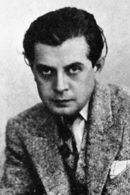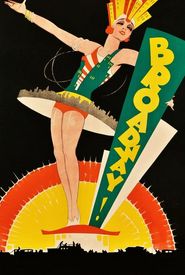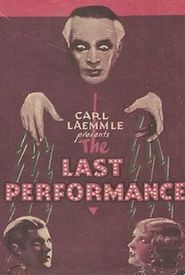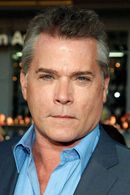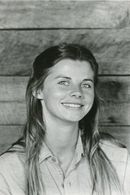Paul Fejos, a renowned Budapest-born director, initially gained recognition as a student actor in Kecskemét, Hungary. During World War I, he served as a soldier in the Austro-Hungarian Empire's army. After the war, his artistic inclinations led him to pursue a career in the scenery workshop of the local opera house. In 1919, he organized the film-scenic affairs of the Government of the Commune. Later, he became the scenic director of Orient Film and, in 1920, the leading director for the Mobil Film Co., also writing scripts for his films.
Fejos's early works consisted of adventure sketches, showcasing his growing reputation for demanding high standards. He continued to work on stage productions, attempting to establish a folkloric passion play in Mikófalva, a Hungarian city. However, his passion for film never wavered.
In 1923, following the failure of his film Egri csillagok, Fejos left Hungary and relocated to Vienna, Austria, where he collaborated with the legendary Max Reinhardt. He then traveled to Berlin to study under Fritz Lang. Eventually, he moved to the United States, working as an assistant chemist at the Rockefeller Institute for Chemistry and later becoming a medical bacteriologist.
Despite his newfound career in science, Fejos's passion for film persisted. In 1927, he used his own funds to produce and direct the avant-garde film "Az utolsó pillanat," a critically and financially successful piece that told the story of a suicide victim. Universal Pictures subsequently signed him to a contract. His next film, Lonesome (1928),was a heartwarming tale of two lonely people who meet at an amusement park, share a wonderful day, and frantically search for each other.
In 1932, Fejos returned to Hungary to shoot two films for a French production company: Ítél a Balaton (1933) and Spring Shower (1932),a story about a servant girl who is fired and forced from her village after becoming pregnant with the fiancé of the family's daughter.
Fejos continued to work in Europe, shooting films in Austria and Denmark, before traveling to Asia and spending several years creating documentaries. His last film was released in 1941, after which he shifted his focus to archaeological and anthropological research. He led an archaeological expedition to ancient Inca towns in South America, publishing several scientific papers. Fejos served as President of the Wenner-Green Foundation and spent his later years lecturing on archaeology before passing away in New York City in 1963.
